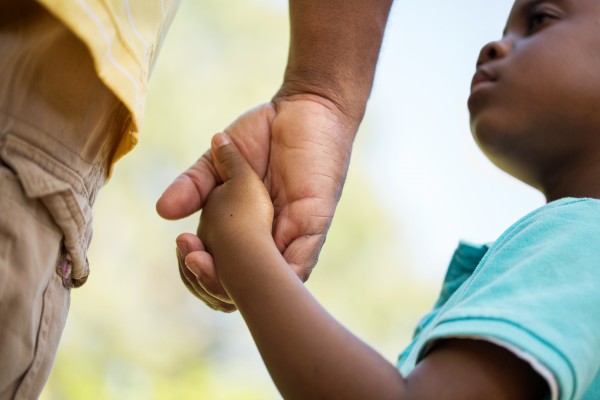The build up to finally meeting your adopted child can be so overwhelming and exciting that considering the next steps can easily slip your not-even-a-fidget spinner-can-focus-me mind–and with good reason. International adoption is a complex journey that leaves many parents reaching for a nonexistent playbook after the dream has become a reality–one that now squirms in your lap, looks into your eyes, and waits for you to make the first move.
Making sure that you’re prepared to bring your child home requires more planning than the layout of his bedroom or what time you’ll sit down for meals or put him to bed each night. While there are books upon books about building strong bonds, a few simple things that you should consider and can plan for now include the following.






